 To enhance service speed and avoid tariff delays, we've opened a US warehouse. All US orders ship directly from our US facility.
To enhance service speed and avoid tariff delays, we've opened a US warehouse. All US orders ship directly from our US facility.
| Cat. No. | Product Name | Field of Application | Chemical Structure |
|---|---|---|---|
| A578 | Dacetuzumab Biosimilar(Anti-TNFRSF5 / CD40 Reference Antibody) Featured |
Dacetuzumab (SGN-40) is a humanized IgG1, anti-CD40 monoclonal antibody with anti-lymphoma activity. Dacetuzumab kills tumor cells via immune effector functions (antibody-dependent cellular cytotoxicity and phagocytosis [ADCC/ADCP]). Dacetuzumab ((SGN-40) can be used for multiple myeloma research.
More description
|
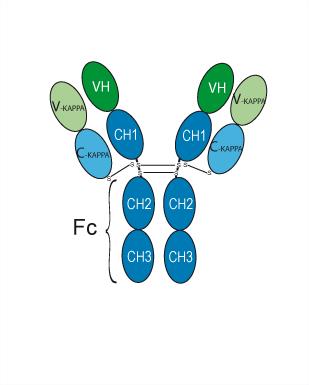
|
| A577 | Selicrelumab Biosimilar(Anti-TNFRSF5 / CD40 Reference Antibody ) Featured |
Selicrelumab is an agonist CD40 antibody, induces changes in the tumor microenvironment. Selicrelumab can be used for the research of pancreatic cance and neoadjuvant study.
More description
|
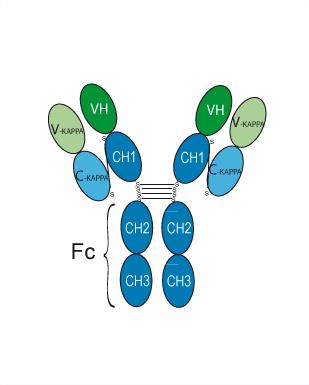
|
| A576 | Sotigalimab Biosimilar(Anti-TNFRSF5 / CD40 Reference Antibody) Featured |
Sotigalimab, a CD40 agonistic monoclonal antibody. Sotigalimab binds CD40 with high affinity and activates antigen-presenting cells, thereby stimulating cancer-specific T cell responses. Sotigalimab is mainly used in the study of metastatic pancreatic cancer and metastatic melanoma.
More description
|
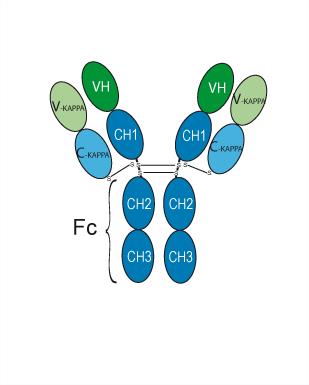
|
| A575 | vonlerizumab Biosimilar(Anti-TNFRSF4 / OX40 / CD134 Reference Antibody) Featured |

|
|
| A574 | Cudarolimab Biosimilar(Anti-TNFRSF4 / OX40 / CD134 Reference Antibody) Featured |
Cudarolimab (IBI101) is a completely human anti-OX40 (CD134, a co stimulating molecule expressed by activated immune cells) antibody. Cudarolimab inhibits the binding of OX40 to its ligand OX40L. Cudarolimab has antitumor activity and can be used in cancer related research.
More description
|
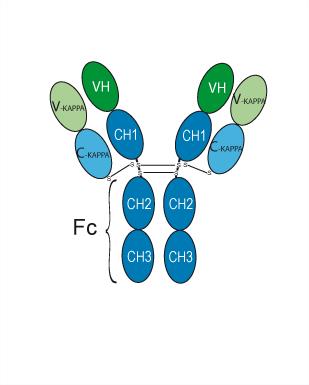
|
| A573 | Ivuxolimab Biosimilar(Anti-TNFRSF4 / OX40 / CD134 Reference Antibody) Featured |
Ivuxolimab is an OX40 (also known as CD134; TNFRSF4) agonist monoclonal antibody. OX40 is a costimulatory receptor expressed on activated CD4+ and CD8+ T cells. Ivuxolimab shows antitumor activity, with potential immunostimulatory activity.
More description
|
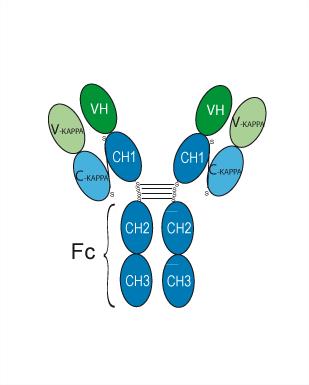
|
| A572 | BMS-986178 Biosimilar(Anti-TNFRSF4 / OX40 / CD134 Reference Antibody) Featured |

|
|
| A571 | Telazorlimab Biosimilar(Anti-TNFRSF4 / OX40 / CD134 Reference Antibody) Featured |
Telazorlimab (GBR-830) is a humanized monoclonal antibody against OX40 costimulatory receptor on activated T cells. Telazorlimab can be used for the research of autoimmune diseases.
More description
|
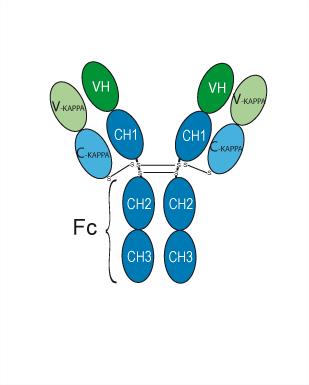
|
| A570 | Tavolixizumab Biosimilar(Anti-TNFRSF4 / OX40 / CD134 Reference Antibody) Featured |
Tavolixizumab (MEDI 0562; Tavolimab) is a human monoclonal antibody to TNFRSF4 (TNF receptor superfamily member 4) for use in cancer immunology research.
More description
|
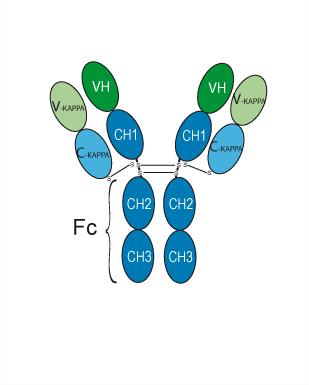
|
| A569 | Revdofilimab Biosimilar(Anti-TNFRSF4 / OX40 / CD134 Reference Antibody) Featured |
Revdofilimab (ABBV-368) is a human IgG1 agonist monoclonal antibody against OX40. Among them, OX40 is a member of the TNF receptor superfamily expressed on activated and memory T cell subsets and T regulatory cells.
More description
|
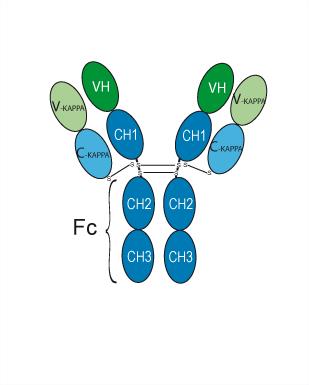
|
| A568 | Abbvie patent anti-TNFRSF21 Biosimilar(Anti-TNFRSF21 / DR6 / CD358 Reference Antibody) Featured |

|
|
| A567 | Korea Natl.Cancer Ctr. patent anti-GITR Biosimilar(Anti-TNFRSF18 / GITR / CD357 Reference Antibody) Featured |

|
|
| A566 | Ragifilimab Biosimilar(Anti-TNFRSF18 / GITR / CD357 Reference Antibody) Featured |
Ragifilimab (INCAGN-1876) is an agonist monoclonal antibody targeting the glucocorticoid-induced TNFR-related protein (GITR). Ragifilimab can be used for advanced or metastatic solid tumors research.
More description
|
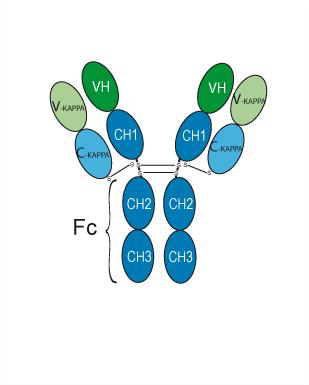
|
| A565 | Belantamab Biosimilar(Anti-TNFRSF17 / BCMA / CD269 Reference Antibody) Featured |
Belantamab (GSK2857914) is a humanised IgG1 anti-BCMA (TNFRSF17) monoclonal antibody. Belantamab can be used in the synthesis of antibody-drug conjugate (ADC), Belantamab mafodotin.
More description
|
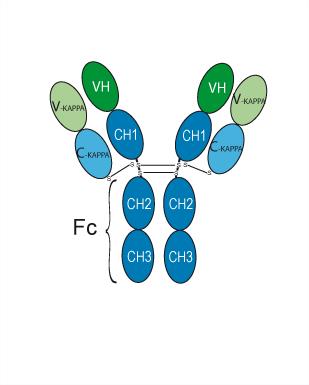
|
| A564 | Ianalumab Biosimilar(Anti-TNFRSF13C / BAFFR / CD268 Reference Antibody) Featured |
Ianalumab (VAY-736) is a human, decarboxylated antibody against BAFF-R. Ianalumab can block the interaction between BAFF and BAFF-R and antagonize the apoptosis protection mediated by BAFF. Ianalumab exerts antibody-dependent cytotoxic (ADCC), depending on effector cell activation mediated by immune receptor tyrosine activation motif (ITAM).
More description
|
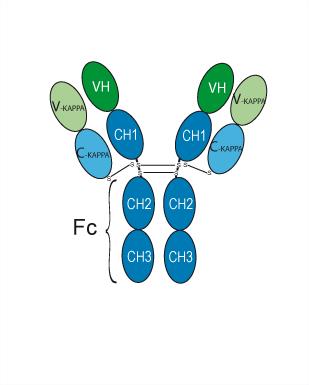
|
| A563 | Enavatuzumab Biosimilar(Anti-TNFRSF12A / TWEAKR / CD266 Reference Antibody) Featured |
Enavatuzumab (PDL192; ABT-361) is a humanized IgG1 monoclonal antibody targeting the receptor of TNF-like weak inducer of apoptosis (TWEAK). TWEAK (Fn14; TNFRSF12A), the natural ligand of the TWEAK receptor (TweakR), stimulates multiple cellular responses. Enavatuzumab induces tumor growth inhibition through direct TweakR signaling and antibody dependent cell-mediated cytotoxicity (ADCC). Enavatuzumab can actively recruits and activates myeloid effectors to kill tumor cells. Enavatuzumab inhibits the growth of various human TweakR-positive cancer cell lines and xenografts in vitro and in vivo .
More description
|
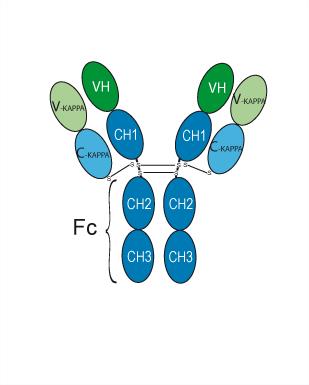
|
| A562 | Tilogotamab Biosimilar(Anti-TNFRSF10B / TRAILR2 / CD262 Reference Antibody) Featured |
Tilogotamab (GEN-1029) is an agonistic hexamer formation-enhanced mixture of two antibodies that target two separate epitopes on death receptor type 5 (DR5). Tilogotamab specifically binds to and activates DR5. Tilogotamab can be used for the research of multiple myeloma (MM).
More description
|
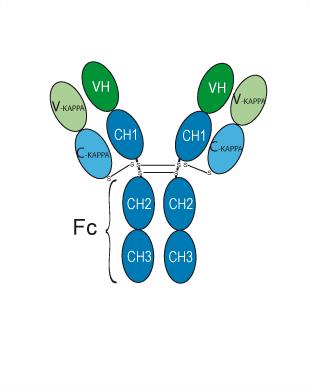
|
| A561 | Conatumumab Biosimilar(Anti-TNFRSF10B / TRAILR2 / CD262 Reference Antibody) Featured |
Conatumumab (AMG 655) is a human monoclonal agonist antibody against human death receptor 5 (DR5, TRAILR2) (Kd: 1 nM for the long form of DR5, 0.8 nM for the short form of DR5). Conatumumab induces apoptosis via caspase activation. Conatumumab can be used in the research of cancers. .
More description
|
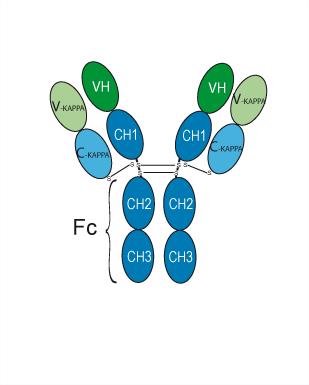
|
| A560 | Benufutamab Biosimilar(Anti-TNFRSF10B / TRAILR2 / CD262 Reference Antibody) Featured |
Benufutamab (GEN1029) is a death receptor 5 (DR5)-specific agonistic antibody. Benufutamab is a mixture of 2 noncompeting DR5-specific IgG1 antibodies, each with an E430G mutation in the Fc domain. Benufutamab has antitumor effects.
More description
|
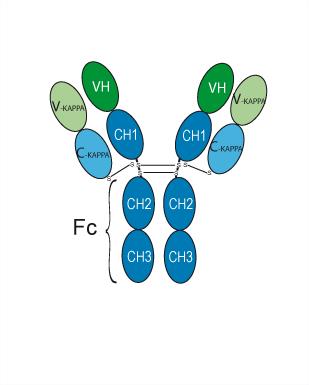
|
| A559 | Drozitumab Biosimilar(Anti-TNFRSF10B / TRAILR2 / CD262 Reference Antibody) Featured |
Drozitumab (PRO 95780) is a human agonistic monoclonal antibody which binds the death receptor DR5. Drozitumab has potent antitumor activity against rhabdomyosarcoma.
More description
|
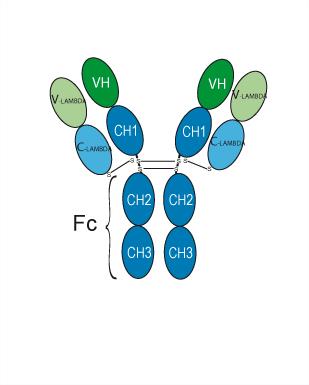
|
| A558 | Lexatumumab Biosimilar(Anti-TNFRSF10B / TRAILR2 / CD262 Reference Antibody) Featured |
Lexatumumab (HGS-ETR 2) is a human agonistic TRAIL receptor 2 (TRAIL-R2, DR5, APO-2) IgG4κ type monoclonal antibody. Lexatumumab induces apoptosis in malignant mesothelioma. Lexatumumab can be used for malignant pleural mesothelioma (MPM) research.
More description
|
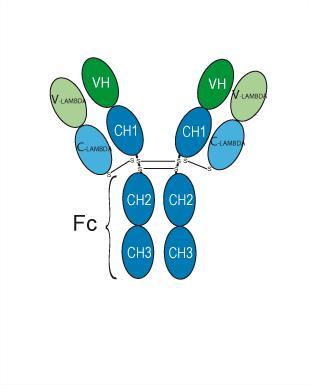
|
| A557 | Mapatumumab Biosimilar(Anti-TNFRSF10A / TRAILR1 / CD261 Reference Antibody) Featured |
Mapatumumab (HGS-ETR1) is a fully human IgG1 agonistic monoclonal antibody that targets tumor necrosis factor-related apoptosis-inducing ligand receptor 1 (TRAIL-R1). Mapatumumab can be used for the research of cancer.
More description
|
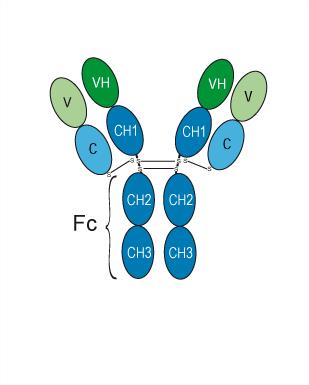
|
| A556 | Regeneron patent anti-TMPRSS2 Biosimilar(Anti-TMPRSS2 Reference Antibody) Featured |

|
|
| A555 | Janssen patent anti-TMEFF2 Biosimilar(Anti-TMEFF2 Reference Antibody) Featured |

|
|
| A554 | Bluefin patent anti-TMEFF1 Biosimilar(Anti-TMEFF1 / Tomoregulin-1 Reference Antibody) Featured |

|
|
| A553 | Beth Israel Patent Anti-TM4SF1 Biosimilar(Anti-TM4SF1 Reference Antibody) Featured |

|
|
| A552 | U.Tokyo patent anti-TLR7 Biosimilar(Anti-TLR7 Reference Antibody) Featured |

|
|
| A551 | CNTO5429 Biosimilar(Anti-TLR3 / CD283 Reference Antibody) Featured |

|
|
| A550 | Tomaralimab Biosimilar(Anti-TLR2 / CD282 Reference Antibody) Featured |
Tomaralimab (OPN-305) is a humanised anti-TLR2 IgG4 monoclonal antibody. Tomaralimab has the potential for the research of Myelodysplastic Syndromes (MDS).
More description
|
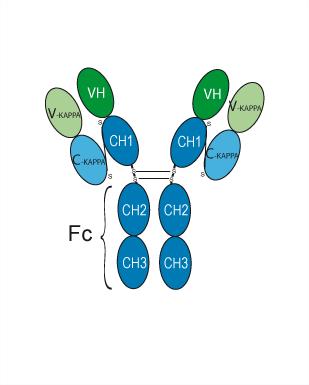
|
| A549 | Sabatolimab Biosimilar(Anti-TIM-3 / HAVCR2 / CD366 Reference Antibody) Featured |
Sabatolimab (MBG453) is a high-affinity, humanized, IgG4 (S228P) antibody targeting TIM-3, an inhibitory receptor that regulates adaptive and innate immune responses. Sabatolimab is a potential immunosuppression agent that can target TIM-3 on immune and myeloid cells.
More description
|
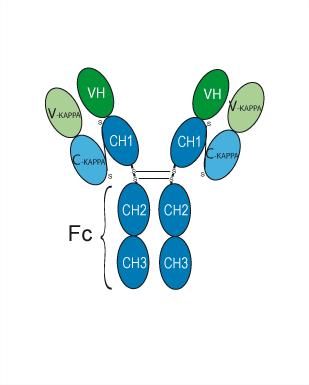
|